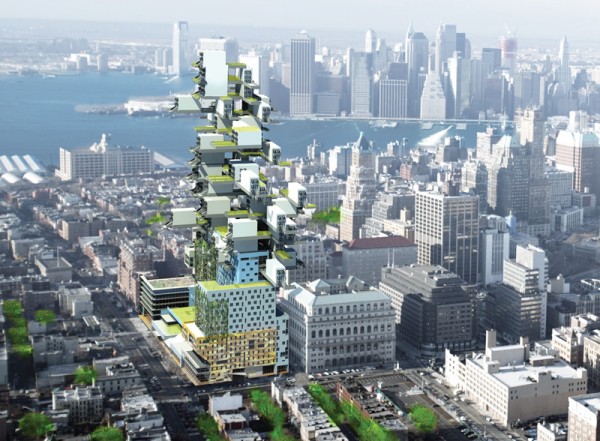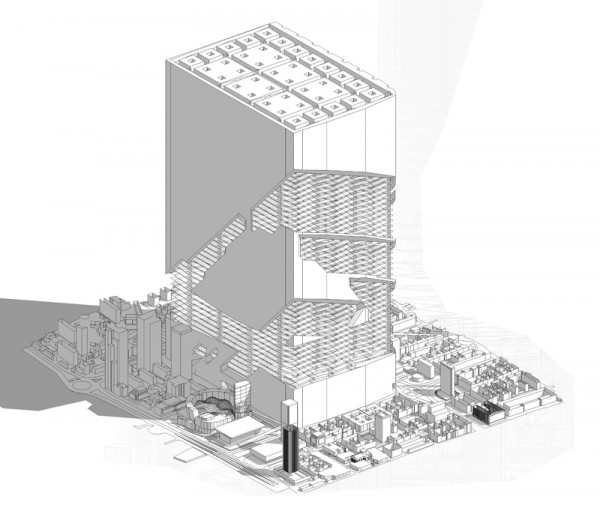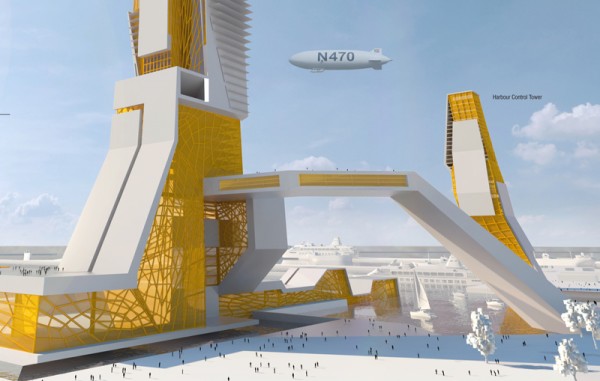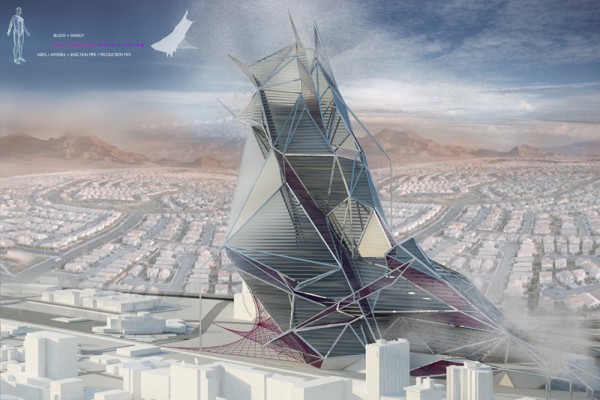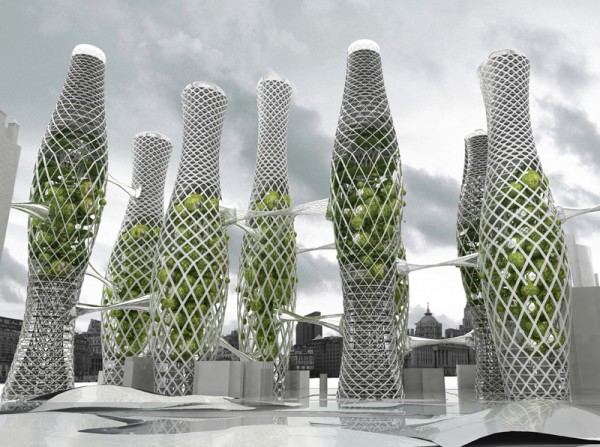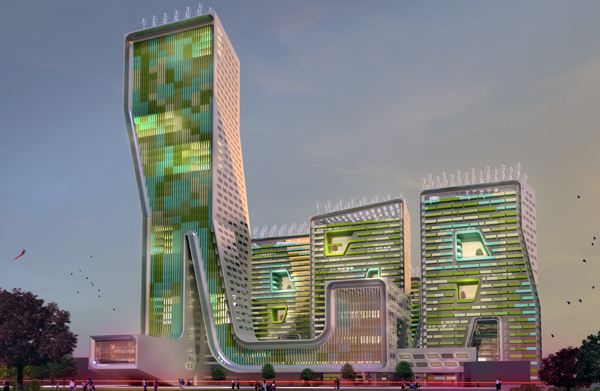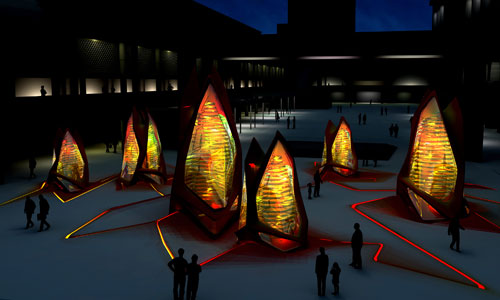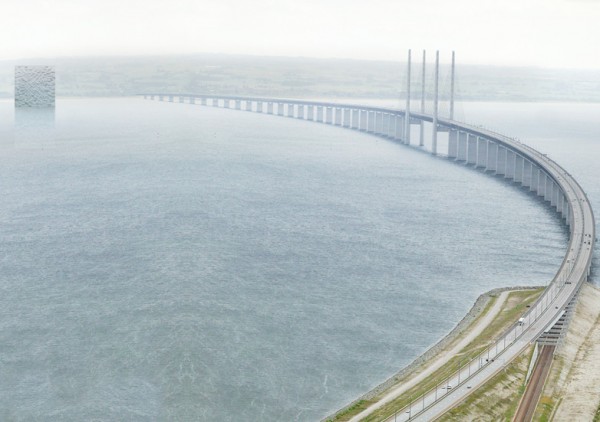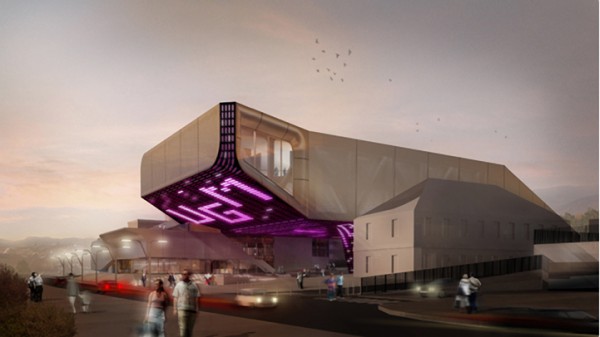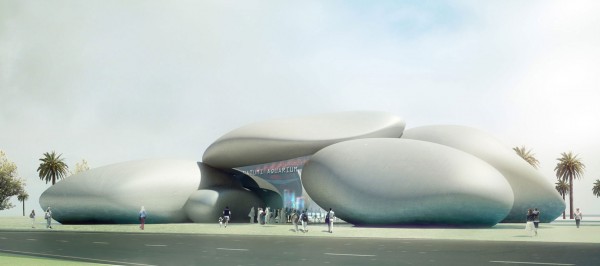The Brooklyn Yard-Scraper designed by Rogers Marvel Architects is an innovative proposal for redevelopment of the Brooklyn House of Detention. It demonstrates how prime City-owned land can be re-imagined for broad public purpose through a design that carries the texture of Brooklyn into vertical urban form drawing directly from the character of its low-rise surroundings.
Located at Atlantic Avenue, the site is at the collision of the established brownstone neighborhoods extending to the south and the recently rezoned and rapidly changing high-rise construction of Downtown Brooklyn.
The lower portion of the Yard-Scraper is a diverse combination of social, commercial, and educational uses. Each key program element is linked to a yard, in either enclosed or open-air horizontal orientation.
The yard and program of the brownstone establishes the upper area of the building. The homes are stacked atop one another, each orienting itself for suitable light and air to support the residences and their adjacent program. No longer tied to the planar grid of streets and property boundaries, the new brownstones rise into the sky and create a vertical composition, each scraping its portion of the sun’s rays.
Among the many programs, the Yard-Scarper counts with a Green House Center, flats, brownstones, public school, institutes, library, justice center, and green public areas. Read the rest of this entry »

